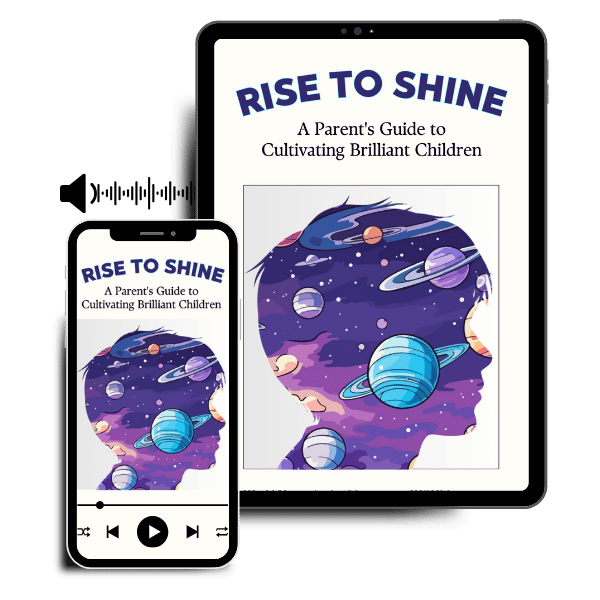AI in Early Childhood Education: Opportunities and Challenges


Artificial intelligence (AI) is changing many areas of our lives, including education. In early childhood education, AI offers exciting new ways to teach young children. This article will look at the opportunities AI brings to early education and the challenges it presents.
What is AI?
AI, or artificial intelligence, is technology that can think and learn like humans. In education, AI tools can help create personalized learning experiences for students.
How is AI Used in Education?
AI can be found in virtual tutors, adaptive learning programs, and interactive educational games. These tools help teachers and make learning more fun for kids.
Why is AI Important in Early Childhood Education?
AI can be especially helpful for young children by making learning more personalized and engaging.
AI offers many opportunities for early childhood education, from personalized learning to better assessments. However, it also brings challenges like data privacy and ethical concerns. By following best practices and maintaining a balanced approach, educators can make the most of AI while addressing its risks. The future of AI in early childhood education is promising, with the potential for more effective and inclusive learning experiences for young children.
Also Read:
References:
1. What is AI in early childhood education?
AI in early childhood education refers to the use of artificial intelligence technologies to enhance the learning experiences of young children. These technologies can include AI-powered educational games, personalized learning platforms, and interactive teaching aids that adapt to the individual needs of each child. The aim is to provide tailored educational experiences that promote cognitive and social development.
2. How can AI improve early childhood education?
AI can improve early childhood education by offering personalized learning experiences that cater to the unique learning styles and paces of individual children. AI-powered tools can analyze a child’s progress and provide targeted exercises and activities to help them overcome specific challenges. Additionally, AI can assist educators by automating administrative tasks, allowing them to focus more on interactive teaching and fostering a supportive learning environment.
3. What are the potential challenges of using AI in early childhood education?
The potential challenges of using AI in early childhood education include concerns about data privacy, the need for significant investment in technology, and the risk of reducing human interaction in the learning process. Ensuring that AI tools are used ethically and responsibly, and that they complement rather than replace traditional teaching methods, is crucial. It’s also essential to provide adequate training for educators to effectively integrate AI into their teaching strategies.
4. Are there any successful examples of AI being used in early childhood education?
Yes, there are several successful examples of AI being used in early childhood education. For instance, AI-powered adaptive learning platforms like DreamBox and KidSense have shown positive outcomes in enhancing children’s math and language skills. These platforms use AI algorithms to adjust the difficulty level of activities based on the child’s performance, providing a personalized and engaging learning experience. Such success stories highlight the potential of AI to transform early childhood education.
5. How can educators prepare for the integration of AI in early childhood education?
Educators can prepare for the integration of AI in early childhood education by gaining a thorough understanding of the available AI tools and how they can be effectively used in the classroom. Professional development programs and training workshops can help teachers become familiar with AI technologies and their applications. Collaborating with AI experts and staying updated with the latest advancements in educational technology will also enable educators to leverage AI to its fullest potential, ensuring that it enhances rather than hinders the learning experience.

Get Your Resources to Your Email Now!